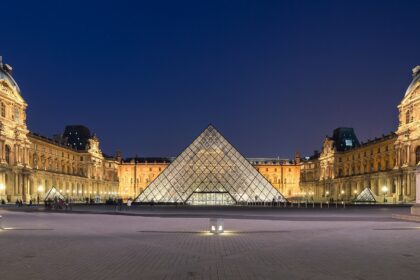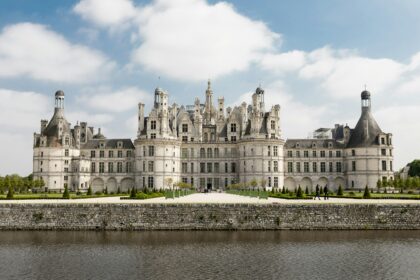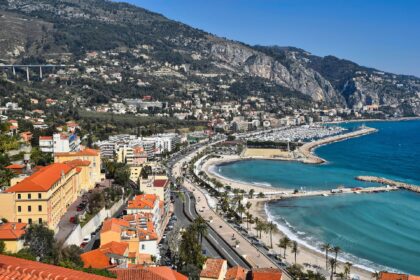Paris is a city brimming with iconic landmarks that draw visitors from around the world. Among its grand structures stands the Hôtel des Invalides, a sprawling architectural masterpiece that tells a captivating story of France’s military history. Far more than a grand building, the Hôtel des Invalides, often shortened to Les Invalides, was a revolutionary concept—a place built with the express purpose of providing shelter, care, and honor for the country’s wounded and retired soldiers.
The Vision of Louis XIV – The Sun King
The Hôtel des Invalides owes its existence to the grand vision of King Louis XIV, the “Sun King.” During his reign, Louis XIV significantly expanded France’s borders and military strength. However, his numerous wars resulted in a growing number of disabled veterans. Louis XIV, recognizing the debt owed to those who sacrificed for his ambitions, commissioned the construction of the Hôtel des Invalides as a haven for these veterans in 1670.
The king enlisted the services of the architect Libéral Bruant, who designed a vast complex capable of housing thousands of soldiers. The site selected was a suburban area along the Seine River, allowing for expansive grounds. Construction began in 1671, and the first residents arrived just a few years later.
A Monument to Military History
While its original intent was focused on caregiving, Les Invalides quickly evolved into a symbol of French military power. Visitors today will find museums dedicated to the country’s military past, housing vast collections of armor, weapons, and artifacts that chronicle centuries of warfare. These include the Musée de l’Armée (Army Museum), the Musée de l’Ordre de la Libération (Museum of the Order of the Liberation), and the Musée des Plans-Reliefs (Museum of Relief Maps).
The Heart of Les Invalides: The Dôme
At the center of Les Invalides stands the magnificent Dôme des Invalides. With its towering golden dome, it’s one of the most striking features of the Parisian skyline. Initially constructed as a church for the veterans, the Dôme transformed into a royal chapel under the direction of architect Jules Hardouin-Mansart.
Yet, the Dôme holds even greater significance: it became the final resting place for one of history’s most famous military leaders, Napoleon Bonaparte. Following his death in exile, Napoleon’s remains were returned to France in 1840 and enshrined in a monumental red porphyry sarcophagus within the Dôme’s crypt. Other notable figures interred at Les Invalides include Marshal Ferdinand Foch, a key figure in World War I, and Napoleon’s son, Napoleon II.
More than Just a Building
From its inception, Les Invalides embraced a broader purpose than simply an opulent retirement home. It was conceived as a self-sufficient community with its own workshops, gardens, and even a manufacturing center. The Hôtel des Invalides embodied France’s commitment to caring for its military heroes, establishing a precedent for other countries to follow.
Though its role as a home for veterans diminished over time, it retains aspects of its original mission. The Institution Nationale des Invalides is still housed within the complex, continuing to provide care and support to disabled military personnel.
A Must-See Parisian Landmark
The Hôtel des Invalides captivates not only with its grand architecture but also with the weight of the history it carries. Tourists can easily spend hours exploring its expansive grounds, museums, and the magnificent Dôme church. Whether you’re fascinated by military history, architecture, or simply the stories of the men and women who shaped France, Les Invalides is a Parisian landmark that shouldn’t be missed.




